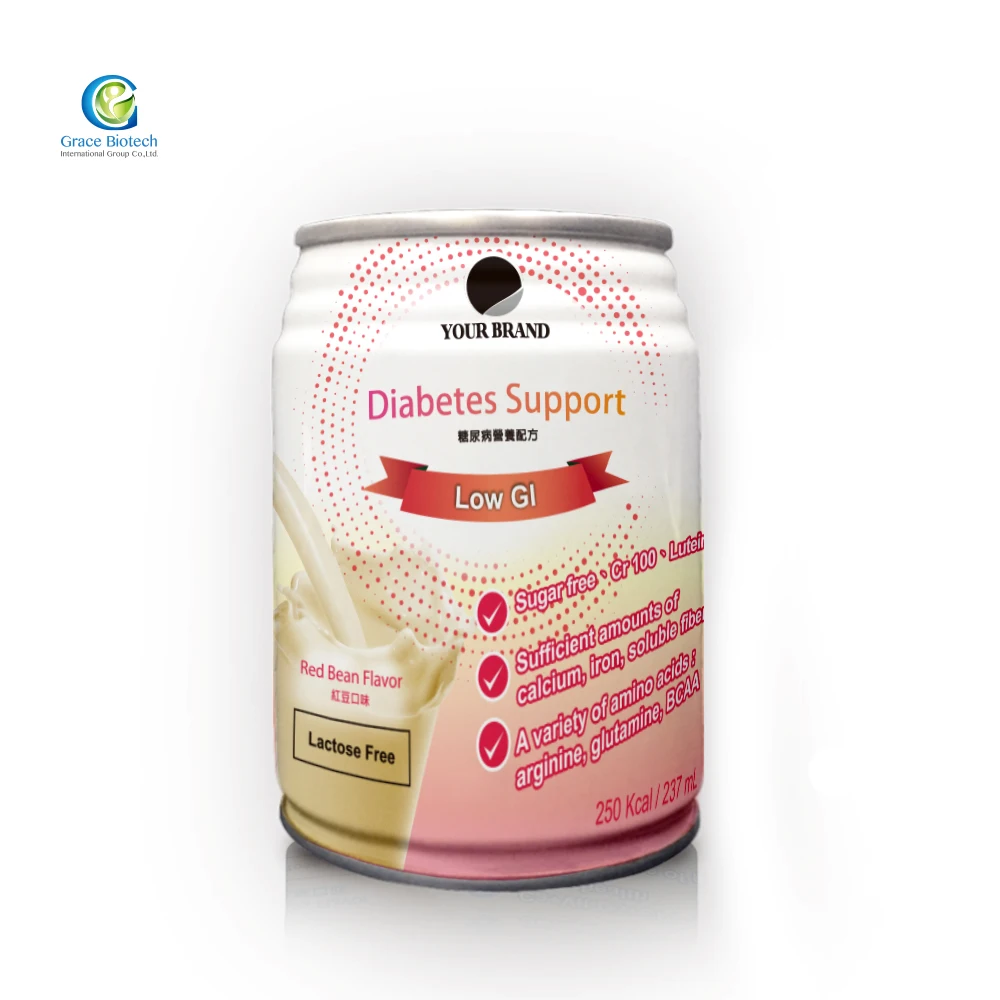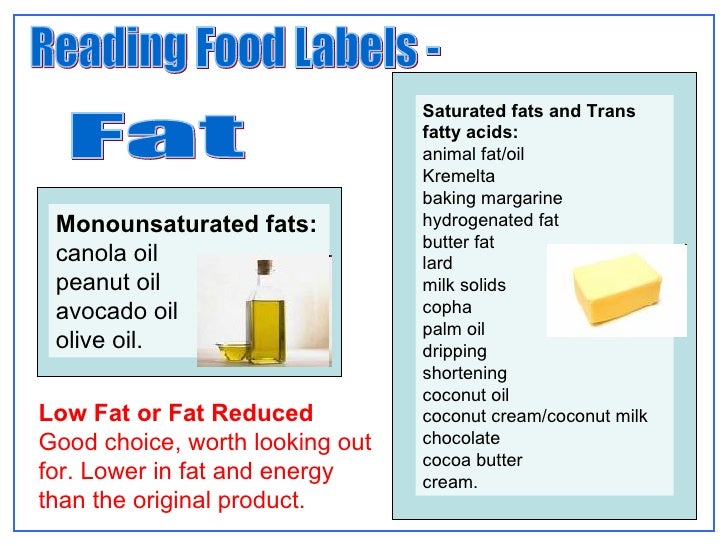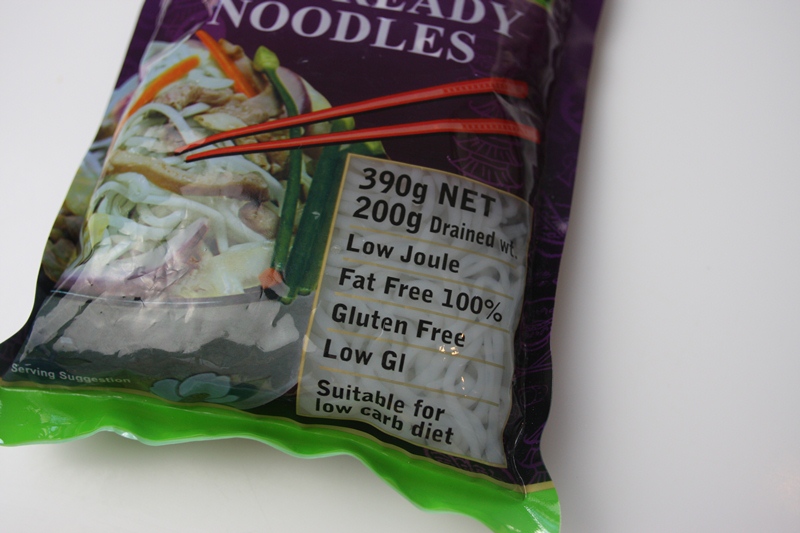44 low gi food labels
Dietary Glycaemic Index Labelling: A Global Perspective The GI Foundation of South Africa endorses foods with low, medium and high GI symbols. In Asia, Singapore's Healthier Choice Symbol has specific provisions for low GI claims. Low GI claims are also permitted on food labels in India. In China, there are no national regulations specific to GI; however, voluntary claims are permitted. 10 Best Printable Low Glycemic Food Chart - printablee.com Here are the best low GI foods based on low glycemic food chart: 1. Fruits. 2. Leafy green vegetables. 3. Whole grain bread. 4. Low-fat dairy product. 5. Nuts. 6. Bran flakes. Are eggs a low glycemic food? Based on the research, before we use low glycemic food chart, we need to understand that eggs are relatively low in glycemic index.
Low-Glycemic Foods List Guide: Best Diet for Diabetes Glycemic index (GI) is a numeric value assigned to foods based on how slowly or quickly they can increase your blood glucose levels. It is a rating system for carbohydrate-containing foods. Foods having a low GI are the ones that tend to release glucose slowly and steadily. By contrast, foods that fall high on the GI scale release glucose rapidly.

Low gi food labels
What are Glycemic Index and Glycemic Load - Bel Marra Health Glycemic index foods that are considered low have a score of 55 or less. Medium glycemic index foods are 56 to 69 and high glycemic index foods rank 70 or more. Currently, it is not mandatory that... Low Glycemic Diet: Its Effects, What to Eat and Avoid, and More The bottom line. The low glycemic (low GI) diet is based on the concept of the glycemic index (GI). Studies have shown that the low GI diet may result in weight loss, reduce blood sugar levels ... Low Sodium Diet - University of Virginia School of Medicine Reading Nutrition Labels You should get in the habit of checking food labels for the most up-to-date information. Sodium is always on the food label. These steps will help you figure out how much sodium is in a certain food: 1. Number of servings and mg of sodium – The label gives you the serving size and the number of servings in the package.
Low gi food labels. How to Calculate the Glycemic Index | livestrong Step 3. Multiply the proportions for the meal components by the predetermined GI of that component. GIs of individual foods can be found in an online GI database or in the table published by "The American Journal of Clinical Nutrition." For example, the GI of oatmeal is 83. Multiply 0.46 by 83 to get 38.18. Low GI diet - food and drink | CHOICE Low GI = value 55 or less Medium GI = value of 56 - 69 inclusive High GI = 70 or more The gold standard for measuring GI uses real people: a group of volunteers are each given 50g of glucose and the effect on their blood sugar over the next two hours is measured. The GI result for glucose is given a value of 100. Low Glycemic Diet: Glycemic Index, Foods to Eat and Avoid Low GI Food List Low-Glycemic Fruit Apples Dried apricots Under-ripe banana Peaches Strawberries Oranges Cherries Coconut Cranberries Blueberries Pears Plums Grapefruit Many people believe that they should avoid eating fruit because of its sugar, but fruits are among the healthiest foods you can eat. PDF Low GI Foods (20-49 ) Moderate GI Foods(50-69) High GI Foods ... - NHRMC The glycemic index , or GI index is the measurement of how foods raise our blood glucose after eating them. Foods raise glucose to varying levels (carbs increase blood sugar the most, fats and protein second). Actual (sugar) has a glycemic index of 100 and other foods measured are ranked as low, moderate and high GI foods.
Can I Tell What the Glycemic Index Is by Reading a Food Label? according to an article published in "the british journal of nutrition" in january 2014, listing glycemic index scores on food labels will only be beneficial if people understand that eating larger amounts of a low-gi food will increase blood sugar and that the preparation method and what you eat with carbohydrate-containing foods affect their gi … Glycaemic index (GI) Low GI foods - Diabetes Queensland Glycaemic index (GI) is a simple way of rating how quickly carbohydrate foods are digested into glucose. Low GI carbohydrate foods take longer to break down into glucose. These foods can also help manage blood glucose levels, cholesterol and make you feel fuller for longer. High GI carbohydrate foods break down into glucose quickly, which means ... How to calculate the glycemic index from food labels? You can easily calculate the GI levels of the food with packaging without labels: Monitor the carbohydrate level of the meal you consume. Look for the grams of carbohydrates written on the packet and list them down. The next step involves determining the carbs that each food component adds up to your meal. Glycaemic Index Food Fact Sheet | British Dietetic ... Here are some everyday examples of lower GI carb choices. Multigrain, granary, rye, seeded bread, sourdough bread New potatoes in their skins, sweet potato, yam, cold boiled potatoes All pasta cooked until al dente, instant noodles Basmati rice, long grain or brown rice Bulgur wheat, barley, couscous, quinoa
Glycemic index claims on food labels: review of Health Canada's ... HC concluded that GI has poor precision for labeling purposes based on incorrect application of the standard deviation. In fact, GI methodology is precise enough to distinguish, with high probability, low-GI (GI ≤ 55) from high-GI (GI ≥ 70) foods and to pass the Canadian Food Inspection Agency Nutrition Compliance Test procedure. Non-starchy Vegetables | ADA - American Diabetes Association American Diabetes Association. 2451 Crystal Drive, Suite 900 Arlington, VA 22202. For donations by mail: P.O. Box 7023 Merrifield, VA 22116-7023. 1-800-DIABETES Allulose Sweetener, a Low Calorie Sugar Allulose is a low calorie sugar with the same clean, sweet taste you expect from sugar. ... Glycemic Index Overview; ... grams on food and beverage labels, even ... Rice | The Nutrition Source | Harvard T.H. Chan School of ... Rice is considered a high GI food but it varies depending on the type and amount of processing (processing increases the GI). Reports show the GI of rice ranging from 48-93. [2] Low GI foods have a rating of 55 or less, medium GI foods are 56-69, and high GI foods are 70-100.
Learn to Calculate Glycemic Index - Bauman College How to Calculate Glycemic Index. Knowing that low-GI foods are a healthful addition to any diet is the first step, but learning which foods fall on the low end of the index can be challenging. ... To assess how a packaged food will affect your blood sugar, find the carbohydrate number in the label, subtract the grams of fiber and sugar alcohols.
How to read food labels | healthdirect The label may make a number of nutrition claims such as 'gluten free', 'low GI', 'low fat', 'reduced salt' or 'high fibre'. These mean the product meets strict criteria set by the government. But just because a product can make a nutrition claim doesn't mean it is healthy.
PDF Glycaemic index of foods - Queensland Health • Aim to include at least 3 low GI foods throughout the day, ideally one with each meal or snack. • When eating high GI foods, try to combine these with a low GI food in order to decrease the overall GI of a meal. • Not all the carbohydrates you eat need to be low GI. This is a consensus document from Dietitian/ Nutritionists from the ...
Glycemic Index Calculator A food is considered to have a low glycemic index if its GI value is 55 or less. Food products with a low GI are considered to be healthier and reduce the risk of type 2 diabetes and heart disease. High glycemic index Products with a high glycemic index are rapidly digested, absorbed, and metabolized.
What Is Glycemic Index? - Academy of Nutrition and Dietetics Nov 19, 2019 · These are typically rich in fiber, protein and/or fat. Examples of these include apples with a glycemic index of 28, Greek-style yogurt at 11 and peanuts at seven. Keep in mind that a low GI doesn't mean a food is high in nutrients. You still need to choose healthy foods from all five food groups. Glycemic Index: An Imperfect System, but Useful ...

Boost Your Metabolism: The Trouble with Food Labels: Why “Low Fat” Foods Aren't the Answer to ...
PDF Glycemic Index Food Guide - DiabetesCanadaWebsite Low Glycemic Index (55 or less) Choose Most Often Medium Glycemic Index (56 to 69) Choose Less Often High Glycemic Index (70 or more) Choose Least Often Baked Beans Chickpeas Kidney Beans Lentils Mung Beans Romano Beans Soybeans/Edamame Split Peas Additional foods: 1. 2. 3. Lentil Soup (ready-made) Split Pea Soup (ready-made) Additional foods ...
How to Read Nutrition Labels for Low-Glycemic Shopping Examining the nutrition facts label. Following a low-glycemic diet for weight loss means you must look at the whole picture of the foods you eat. Determining that a particular food is low-glycemic is only half of the equation. You also need to make sure that food is both healthy and low in calories.
Low Sodium Diet - University of Virginia School of Medicine Reading Nutrition Labels You should get in the habit of checking food labels for the most up-to-date information. Sodium is always on the food label. These steps will help you figure out how much sodium is in a certain food: 1. Number of servings and mg of sodium – The label gives you the serving size and the number of servings in the package.
Low Glycemic Diet: Its Effects, What to Eat and Avoid, and More The bottom line. The low glycemic (low GI) diet is based on the concept of the glycemic index (GI). Studies have shown that the low GI diet may result in weight loss, reduce blood sugar levels ...
What are Glycemic Index and Glycemic Load - Bel Marra Health Glycemic index foods that are considered low have a score of 55 or less. Medium glycemic index foods are 56 to 69 and high glycemic index foods rank 70 or more. Currently, it is not mandatory that...

Diabetes Low Gi Nutritional Supplement Drink No Sugar Lactose Free Private Label Manufacture ...
A healthy, high-fibre, low GI, high-protein and quick lunch from two cans - Catherine Saxelby's ...









Post a Comment for "44 low gi food labels"